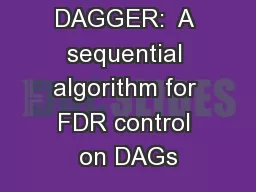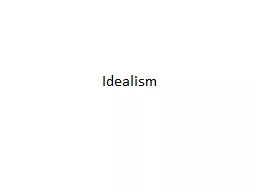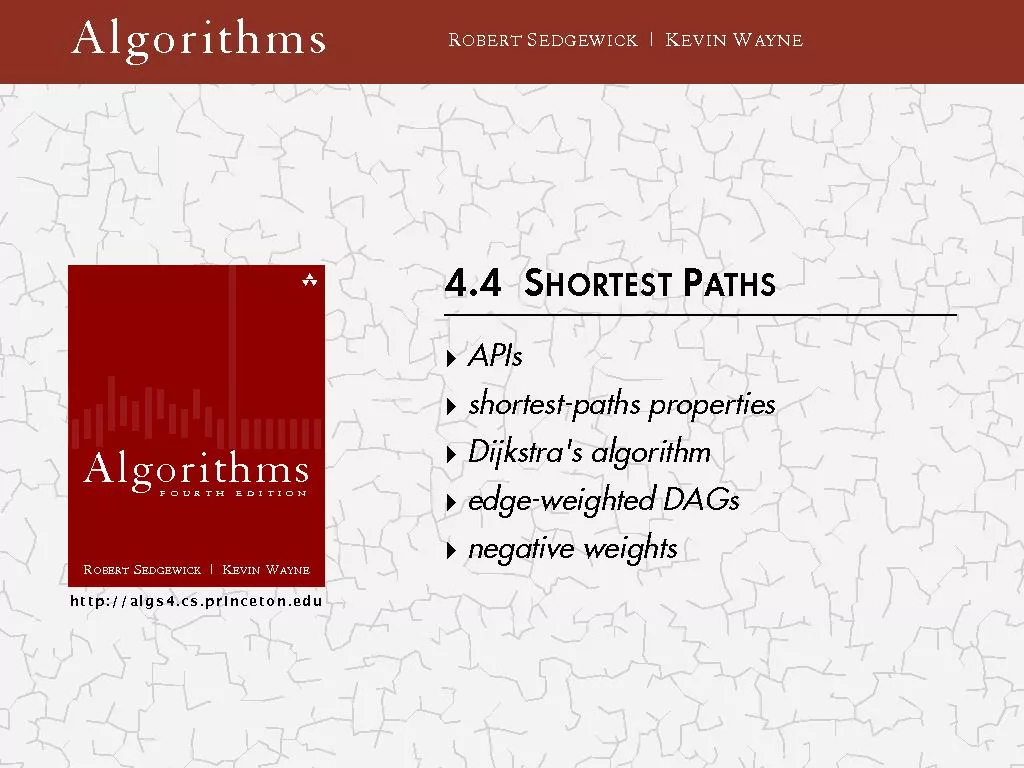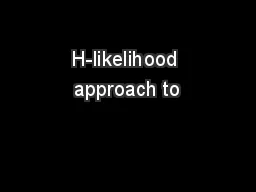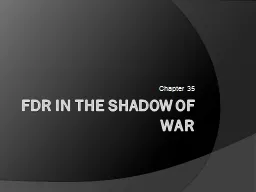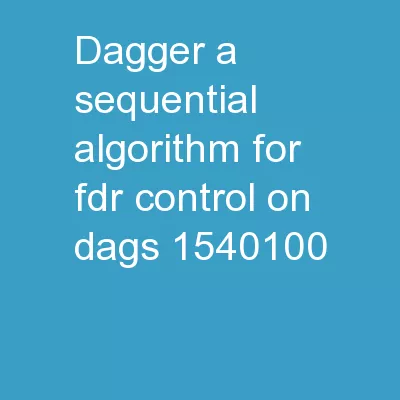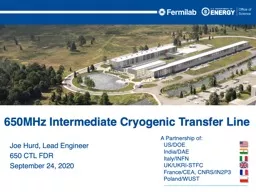PPT-DAGGER: A sequential algorithm for FDR control on DAGs
Author : tatyana-admore | Published Date : 2018-09-30
Aaditya Ramdas Jianbo Chen Martin Wainwright Michael Jordan Problem and Settings DAG is a directed graph with no directed cycles Each node represents
Presentation Embed Code
Download Presentation
Download Presentation The PPT/PDF document "DAGGER: A sequential algorithm for FDR ..." is the property of its rightful owner. Permission is granted to download and print the materials on this website for personal, non-commercial use only, and to display it on your personal computer provided you do not modify the materials and that you retain all copyright notices contained in the materials. By downloading content from our website, you accept the terms of this agreement.
DAGGER: A sequential algorithm for FDR control on DAGs: Transcript
Download Rules Of Document
"DAGGER: A sequential algorithm for FDR control on DAGs"The content belongs to its owner. You may download and print it for personal use, without modification, and keep all copyright notices. By downloading, you agree to these terms.
Related Documents

